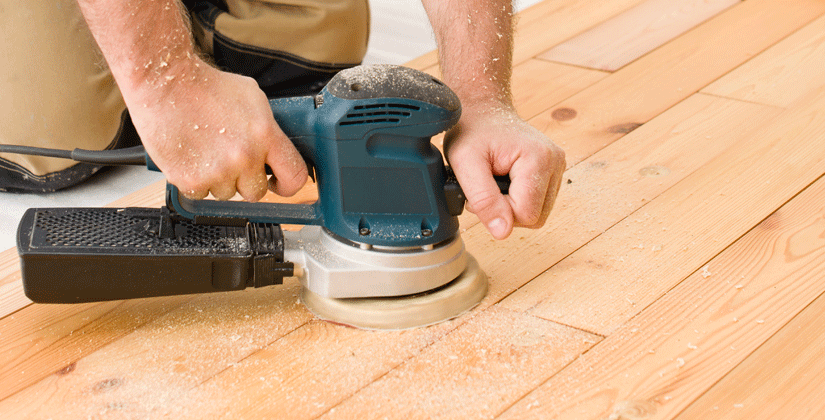Five Tips on Maintaining Your Floor Sanding Equipment
- July 22, 2016
- Posted by: webdev
- Category: Floor Sanding

Whether you are a sander or just someone who owns his or her own sanding equipment, you have to care for your tools if you want optimum performance from them. You may look at the floor you just sanded, and think it seems as though you are losing your touch. If you, however, truly know the profession, you would realise immediately that your tools are the problem.
A professional would have prevented his equipment from becoming that damaged through routine maintenance. This doesn’t only save him time. It saves him money and the frustration that comes with working with poorly maintained gear. Plus, not properly maintaining your equipment can render its warranty invalid.
Here are some tips on maintaining your sanders and edger.
Dust Bag
Occasionally turning your dust bag inside out and shaking out dust is one way to maintain it. You can also spruce it up in cold water—this can help avoid pore blockage as well as poor dust control.
Also, sanding dust is easily flammable. So to avoid a dust fire in the bag whether while sanding or afterwards,
- Always unburden your dust bag as soon as it is half full.
- Don’t leave the bag lying around, especially when there’s dust inside.
- Countersink the nails on the floor before beginning your work, as you do not want your equipment coming in contact with a nail when sanding–possibly igniting a spark.
Belts
Check your machines’ belts often for signs of roughness, wear, and tear. Also, never allow your belts assume the shape of the pulleys. This usually happens because belts heat up during use and aren’t slackened afterwards. Prevent this by tightening the belts before use and loosening them at the end of the day.
The tension of your machines’ belts matter. Make it too tight and you will shorten the belts’ lifespan. Make it too loose, and your units will slip and vibrate during use. The key is verifying the right belt tension from your service centre.
Sanding Chamber
This is worth cleaning every week to avoid the amassing of debris, which can hamper the balance of the fan and thus lead to chatter and flaws in the floor. Debris can also hamper the performance of the upper roller, contact wheel, and duct control.
Lubrication
Verify from your service centre the kind and quantity of grease your unit needs. While units arrive well-greased, checking their lubrication biannually and having them replaced annually can be a smart maintenance routine for them.
Whatever you do, however, always remember that over-greasing, like poor lubrication, will not help your unit.
Carbon Brushes
These are circuits for electric current and, once worn, lower resistance and thus electrical short-circuit can occur. This is why carbon brushes should be changed after every five hundred hours of usage.
Always inspect the spring of your machine’s carbon brushes. They prevent the motor from arching and wearing out by exerting constant tension on the brushes. Overall motor inspection should be carried out once a month.
Also, be sure to frequently clean away dust that accumulates around the brush block to avert brushes sticking in an open position and to save the armature from overheating.
